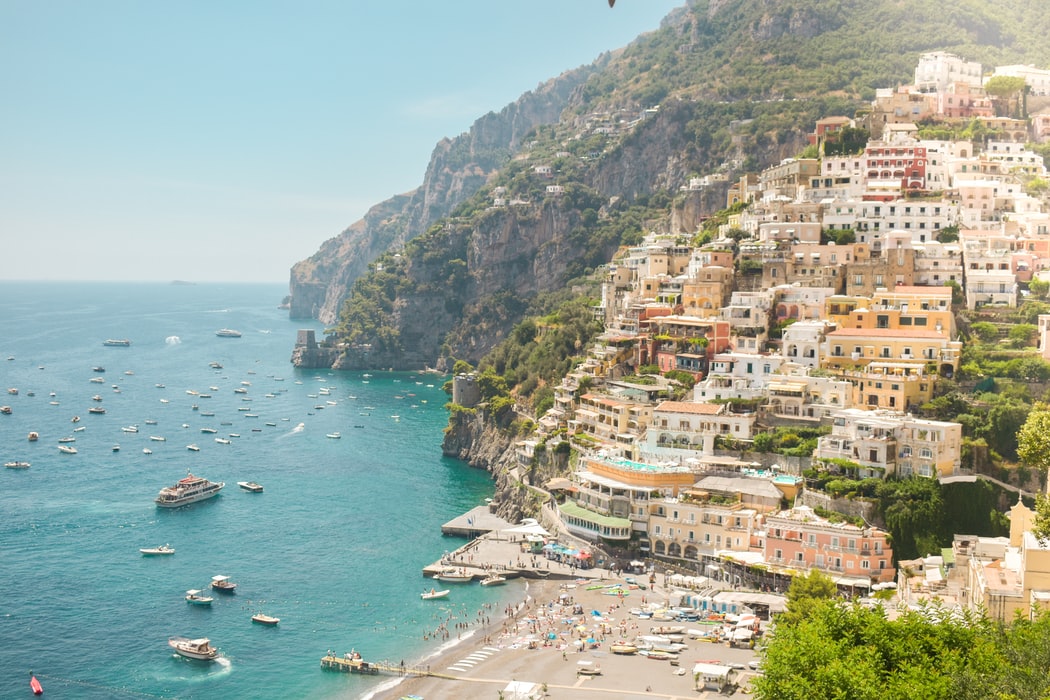Hotels
Italy
Published on February 28, 2013
An Insider’s Guide to Rome
By Georgia Yuill
We’ve asked our seasoned (and extremely well-travelled) Experience Designers to apply their expert eyes to some of the world’s best playgrounds. Below, explore the Eternal City with this B&R-inspired Rome travel guide.
Rome Attractions: What to See + Do
Rome wasn’t built in a day, as you might have heard, but it can (almost) be done in one. We’ve compiled the highlights of three distinct areas—The Fountains/Squares of Rome, Ancient Rome and The Vatican—to give you a must-see list in each area. Estimate about five hours of time to complete each group. Full of energy? Combine any two groups to make a full-day itinerary, and use the metro system to get from one area to the next.
The Fountains and Squares of Rome
Rome’s historic centre is very manageable on foot. Wander through a delightful course of fountains and ancient architecture and you can’t help but pick up a little culture along the way. Each of the four sights listed below explores a unique moment in Rome’s rich history.
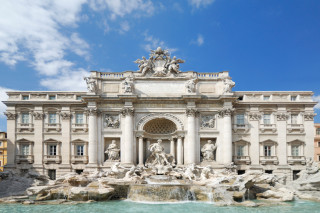
The Trevi Fountain
Perhaps the most famous and spectacular of the Roman fountains due to the incredible effect of its white marble and the legends and images connected to it. Built by Nicola Salvi for Pope Clement XII on a wall of the Palazzo Poli in 1762, legend has it that if you throw a coin into the fountain over your left shoulder you will return to Rome in the near future.
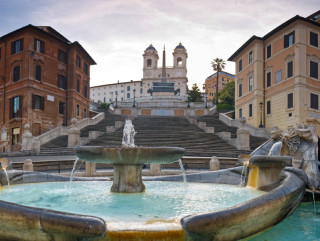
The Spanish Steps
Piazza di Spagna owes its name to the presence of the Spanish embassy located on it. The stairway to the Church of Trinita dei Monti was built in 1720 and until the end of the 1800s was “the sitting room” of the city. The staircase is still used today as a central meeting (and people-watching) point. The piazza also hosts a museum dedicated to the romantic poets John Keats and Percy Bysshe Shelley in the building in which Keats lived out his final days in 1821.
Piazza Navona
The square’s shape is the result of its having been built directly on top of the Emperor Domitian’s ancient stadium. Central to the now-baroque piazza is the magnificent fountain of the four rivers, which was designed by Bernini for Pope Innocent X to signify the spread of Catholicism throughout the world. The four rivers are the Nile, the Plata, the Danube and the Ganges.
Trastevere and the Jewish Ghetto
Trastevere sits on the opposite side of the Tiber River from the Jewish Ghetto, with Tiber Island in between. For centuries after the foundation of Rome, Trastevere was considered a separate city. It is today extremely Roman in nature and the residents call themselves the “real” Romans. The Jewish Ghetto, just across Tiber Island from the Trastevere, is home to one of Europe’s oldest Jewish communities. The imposing synagogue, erected in the early 1900s, also hosts a museum about Jewish life and rituals. The Via del Portico d’Ottavia, with Renaissance and medieval architecture, is the centre of Jewish life in Rome.
Ancient Rome
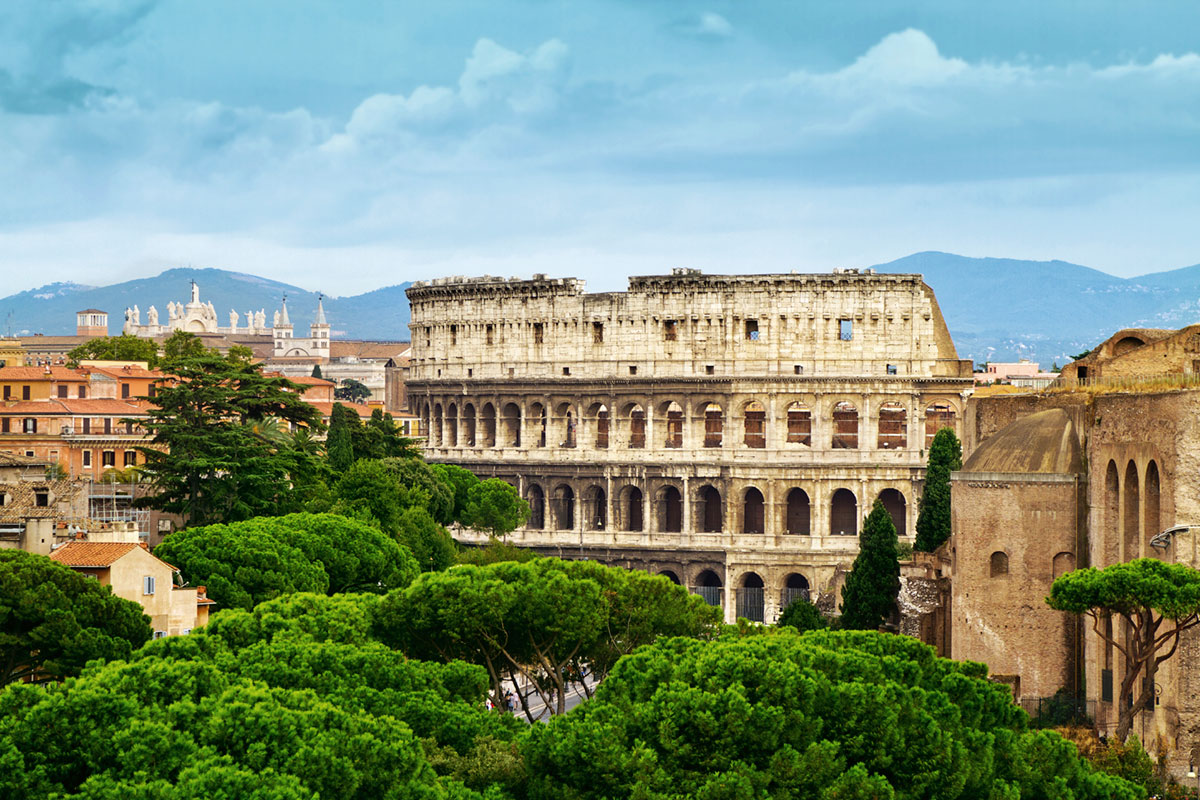
The Colosseum
Originally called the Flavian Amphitheatre, this edifice remains the symbol of Rome. Completed in AD 80 after only eight years of construction, the Colosseum had the capacity to hold 50,000 to 70,000 people. Free of charge and protected from the sun by a huge sailcloth awning, citizens could come to games and watch deadly gladiatorial combats and wild animal fights. The wooden floor of the amphitheatre, dusted with a layer of fine sand (called “arena”), covered a network of hoists, cages and trap doors for wild animals. When Charles Dickens first saw the Colosseum, he was struck by this awesome sight: “It is the most stately, the most grand, the most majestic, mournful sight conceivable. Never, in its bloodiest prime, could the sight of the gigantic Colosseum, full and running over with the lustiest of life, have moved one heart as it must move all who look upon it now. A ruin, God be thanked, a ruin.”
The Roman Forum
The commercial, religious, and civic centre of ancient Rome. In the Forum you can walk in the footsteps of Cicero, Cleopatra and Caesar. While walking on the original basalt paving stones of the Via Sacra (Sacred Way), you will pass the Arch of Titus, the Temple of the Vestal Virgins, the Temple of Castor and Pollux, and the Temple of Julius Caesar, erected in his honour by Augustus and alleged to contain his ashes. On the other side of the central square you can stand next to the Rostra, or speakers’ platform, from which Mark Antony would have commemorated the death of Caesar. Next to the Rostra stands the arch of Septimius Severus and the Curia (Senate building) with a magnificently preserved marble floor containing slabs from Turkey, Egypt and Tunisia. A magnificent view of the Forum can be seen from the promontory off the back side of Piazza Campidoglio.
The Vatican

St. Peter’s Basilica
The largest, most famous and most magnificent basilica in the world. Within it you’ll find works of art (including Michelangelo’s Pieta) covering almost 2,000 years of history. The basilica was originally built where the Apostle Saint Peter was thought to be buried. The current basilica was inaugurated in 1626 and only later was the square in front (with its colonnade by Bernini) planned and completed.
The Vatican Museums
It has been said that if you stood in front of each work in the Vatican for one minute it would take you ten years of opening times to view the entire collection. The museums contain an incredible combination of Egyptian, Etruscan, Roman, Renaissance and Baroque art and house works by Raphael, Caravaggio, Giotto, da Vinci and Canova, as well as the awe-inspiring Sistine Chapel by Michelangelo.
Rome Restaurants: Where to Eat + Drink
Crème de la crème:
La Pergola
One of the top establishments in Rome, serving excellent Italian cuisine prepared by chef Heinz Beck, accompanied by a breathtaking view of the city.
Bistro:
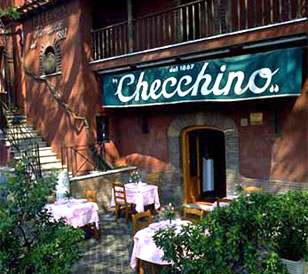
Checchino dal 1887
Classic Roman dishes served in an elegant yet informal atmosphere. Great for both lunch and dinner. Closed Sunday and Monday.
Ristorante Laganà
Tucked around the corner from Piazza Navona, this intimate restaurant has an impressive menu and wine list, making it a great option lunch or dinner.
L’Osteria de Memmo
Memmo’s constant supervision ensures a great meal. If dropping in for lunch, consider his multicourse antipasti, but, if your appetite permits, don’t let that keep you from sampling first or second courses as well. Closed Sundays.
Ditirambo
Two intimate rooms where truly authentic dishes are served in a family friendly manner. Stroll to Campo Fiori before dinner for an aperitivo, or go for gelato after your meal in one of Rome’s most charming piazzas, Piazza della Cancelleria.
Our Favourite Holes in the Wall:
Hostaria da Pietro
Just steps from Piazza del Popolo, this informal eatery with warm ambience and excellent Roman cuisine is a local favourite.
Romolo nel Giardino della Fornarina
La Fornarina was Raphael’s mistress and this is said to have been her home. In the summer the food is served in the courtyard. A pleasant and casual restaurant in the heart of Trastevere.
Wine Bars and Cafés:
Cul de Sac
This intimate wine bar/restaurant, offers outdoor tables when the weather’s nice and boasts more than 1,400 Italian and foreign wines. Delicacies include homemade paté, baccala, pizzoccheri della valtellina, Roman tripe, ox-tail, onion soup, cream of red lentil soup and chickpea tarts.
Antico Caffè Greco
Still Rome’s most celebrated coffee house. Goethe, Liszt and Byron were all reported to be regulars.

